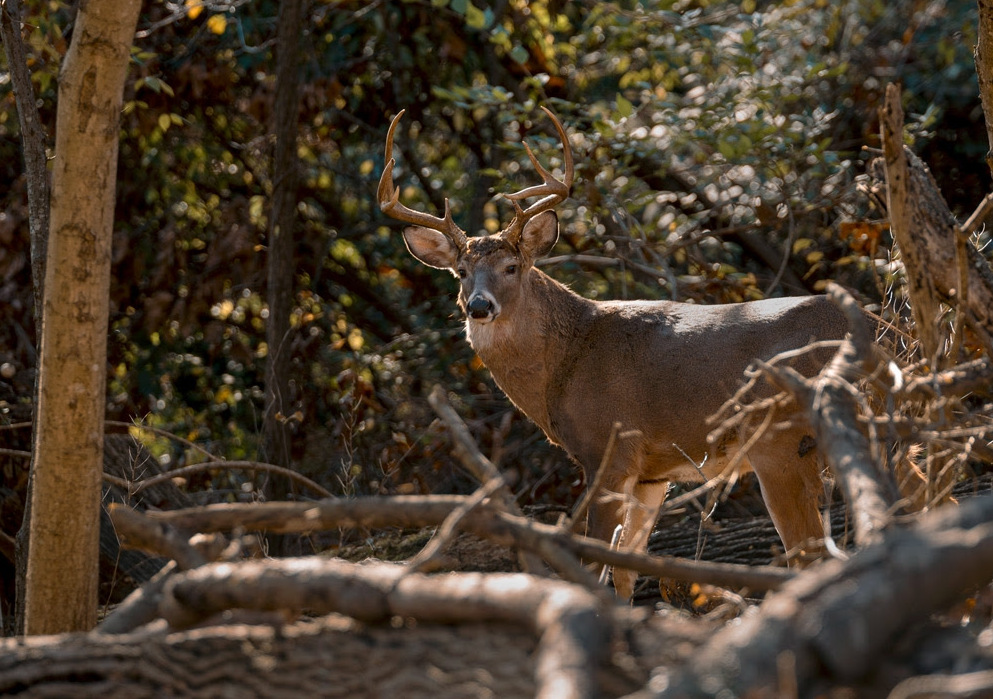ALUM CREEK, W.Va. — The W.Va. Division of Natural Resources is stocking more than 20,000 bobwhite quail this autumn at wildlife management areas across the state.
According to Gov. Jim Justice, the division has stocked more than 12,000 and will continue stocking through October, weather and habitat conditions permitting, through the governor's new quail-stocking initiative.
"I've missed these little rascals, and lots of people have," Gov. Justice said.
"It's a bird that has been here forever, and it’s wildlife we need to protect and bring back. This is a great step forward, and I'm proud to be part of this. I know it will work.
Transmitters have been placed on some of the quail to monitor survival and habitat. The governor said game cameras have also been placed at several locations to monitor through video and pictures.
"A lot of people have grown up and haven't seen or heard a quail in West Virginia. I'm proud to be part of this, and it's a great day in West Virginia."
The Northern Bobwhite Quail is a native species and was once found across West Virginia. However, the winters of 1977, 1978, and 1979 devastated their population. Its bobwhite population peaked in the 1920s when the state was approximately 70 percent agricultural land but has faced a sharp decline during the last several decades.
Through this reintroduction effort, landowners, hunters, and bird watchers alike will once again be able to hear the familiar “bobwhite” whistle.
"We're trying to bring back something that people have missed," Justice said. "And for generations to come, if we're able to bring quail back, people will get used to it and love it, and they'll miss it if it ever leaves us again."
Bobwhites live in coveys, which are groups of 5-30 birds. Their young are the size of bumblebees and can leave the nest about a day after hatching. Up to three hatchings, or clutches, can be produced before the season ends in October. Adult bobwhites are almost exclusively seed-eaters, consuming the seeds of grasses and other plants.
As part of the Governor’s Quail Stocking Initiative, the state has coordinated habitat restoration projects at seven wildlife management areas. The division maintains nearly 100 across the state, which provides visitors and residents with undisturbed hunting, fishing, and other outdoor recreation.
Bobwhite Quail have been stocked at the following locations:
- Burnsville Lake Wildlife Management Area
- Cross Creek Wildlife Management Area
- Frozen Camp Wildlife Management Area
- Greenbrier State Forest
- Huttonsville State Farm Wildlife Management Area
- Laurel Lake Wildlife Management Area
- Pleasant Creek Wildlife Management Area
"Our governor generated this idea because he had an extreme interest in this program," Director of the West Virginia DNR Brett McMillion said. "This has been an exciting project, and we believe there will be some natural regeneration."
The Governor’s Quail Stocking Initiative is part of a five-year project to restore northern bobwhite quail to the state.
To learn more about the state’s conservation efforts, WMAs, and other natural and scenic areas in West Virginia, visit WVdnr.gov/natural-and-scenic-areas.
Sign up to receive a FREE copy of West Virginia Explorer Magazine in your email weekly. Sign me up!


